ناشر : انتشارات موجک (ناشر دانشگاهی)
کد کتاب : M931
عنوان : توانبخشیشناختی رایانهیار در نیمرخ عصبشناختی
تالیف : محمد فاتحی
مشخصات ظاهری : ۹۷ صفحه، قطع وزیری
چاپ اول : بهار ۱۴۰۲، تيراژ : ۵۰۰ جلد
قيمت : ۱۷۹۰۰۰۰ ريال، شابک : ۳-۶۰۱-۹۹۴-۶۰۰-۹۷۸
حقوق چاپ و نشر برای ناشر محفوظ است.
————————————————————————————————————————————————————————————————————————–
Publisher: Mojak Publication (academic publisher)
Book code: M931
Title: Computer-assisted cognitive rehabilitation in neurological profile
Written by: Mohammad Fatehi
Appearance specifications: 97 pages, ministerial cut
First edition: spring 1402, circulation: 500 volumes
Price: 1790,000 riyals, Shabak: 978-601-994-601-3
Copyright is reserved for the publisher.

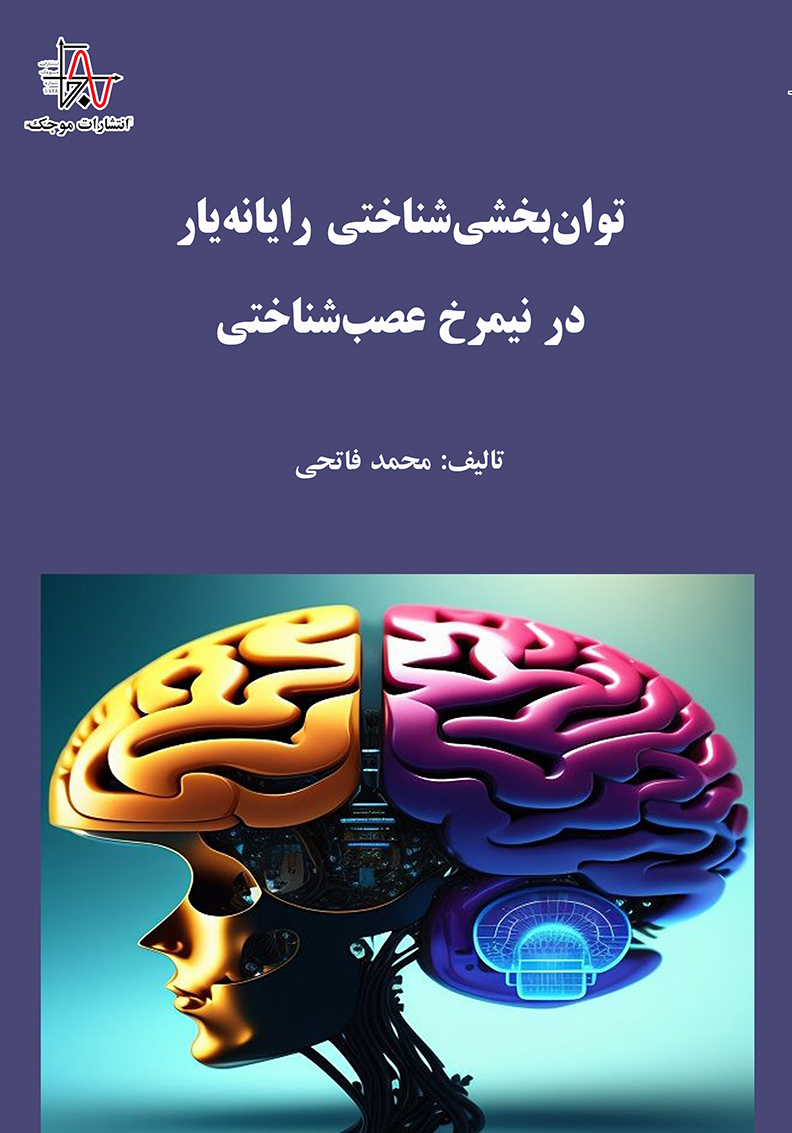
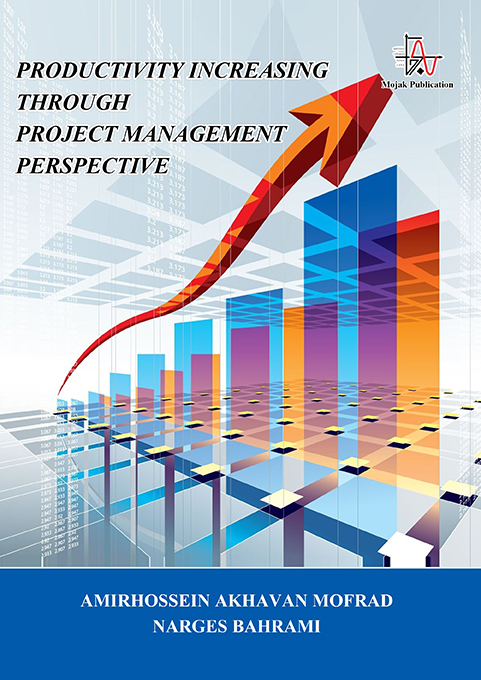
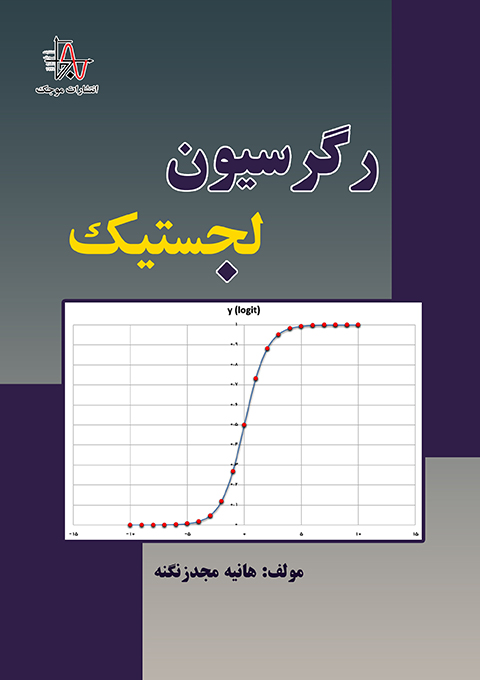
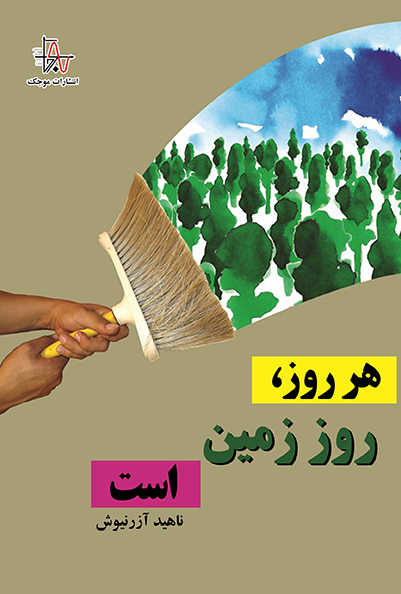
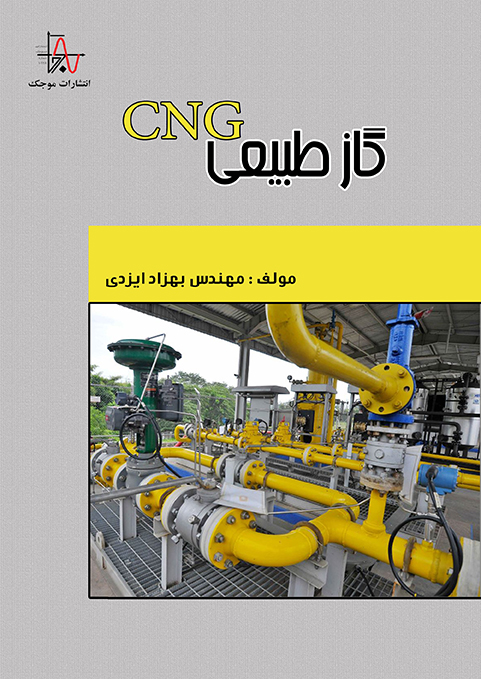
نقد و بررسیها
هیچ دیدگاهی برای این محصول نوشته نشده است.